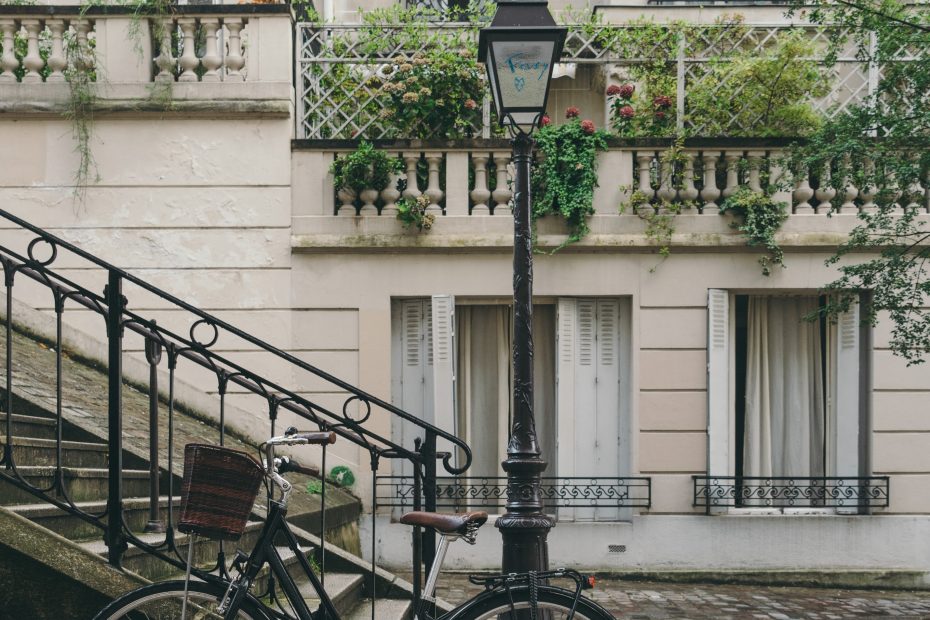Table of Contents
Introduction
Paris is undoubtedly one of the top destinations for travelers in France, attracting millions of visitors every year with its iconic landmarks, museums, cafes and more. However, there are many hidden gem destinations throughout the French countryside that are also worth exploring beyond the City of Light.
Northern France
Mont Saint-Michel
This UNESCO World Heritage site is a stunning tidal island with a Gothic-style Benedictine abbey situated off the coast of Normandy. It is one of the most striking landmarks in France.
Normandy Beaches
The Normandy coastline is famous for the D-Day landings during World War II. Visitors can explore museums and memorials along the beaches of Omaha, Utah, Juno, Gold and Sword.
Champagne Region
Home to the sparkling white wine, the Champagne region features hundreds of underground cellars and rolling vineyards as far as the eye can see. Take a tour and tasting at Moët & Chandon, Veuve Clicquot or other famous houses.
Western France
Loire Valley Chateaux
The Loire Valley is studded with spectacular chateaux dating back to the Renaissance era. Popular ones include Chambord, Chenonceau and Azay-le-Rideau, known for their ornate architecture and gardens.
Carnac Stones
This is one of the largestcollections of prehistoric standing stones in the world with over 3,000 upright megaliths arranged in patterns.The exact meaning behind the stones remains a mystery.
St. Malo
St. Malo is a walled coastal town with a medieval vibe, beach access and great seafood. Walk along the ramparts and explore the port area lined with creperies and cafés.
Southwestern France
Dune du Pilat
Located near Arcachon Bay, this is Europe’s largest sand dune, rising to a height of over 300 feet. Climb to the top for panoramic views over the coastline.
Carcassonne
This fortified city in the Languedoc region has 52 watchtowers and double-walled fortifications making it look like something out of a fairytale.
Cirque de Gavarnie
Part of the Pyrenees National Park, this UNESCO site has an impressive natural amphitheater and towering limestone cliffs. Hike to view the circle and waterfall.
Lascaux Caves
The prehistoric wall paintings within the Lascaux caves date back over 17,000 years. See depictions of animals and ancient human life.
Southeastern France
Verdon Gorge
This steep canyon in Provence has emerald green waters perfect for kayaking and calm stretches for swimming.
Luberon Villages
Hilltop villages like Gordes overlook lavender fields and vineyards. Explore the markets and soak in the laid-back ambiance.
Mont Ventoux
Ventoux is the most illustrious mountain in Provence, standing 6,273 feet tall. Cyclists flock here to take on the grueling ride to the top.
Central France
Chamonix and Mont Blanc
Home to the tallest peak in Western Europe, Chamonix is a hub for skiing, hiking and mountaineering. Take the cable car up to Aiguille du Midi for Mont Blanc views.
Bourges Cathedral
This Gothic cathedral in the Cher province has some of the most extensive stained glass windows in the world. The colors are best admired on a sunny day.
Auvergne Volcanoes
Hike around ancient volcanic craters and stunning blue lakes in Auvergne Volcanoes Regional Park near Le Puy. Puy de Sancy is a rewarding summit.
Corsica
Scandola Nature Reserve
Declared a UNESCO World Heritage Site, this reserve on the west coast of Corsica protects rare Mediterranean flora and geological formations like red rock cliffs.
Calanches de Piana
With its deep red rock formations carved out by wind and water, Calanches de Piana offers incredibly scenic coastal hikes and views on the west coast.
GR20 Hiking Trail
Experienced hikers tackle the demanding GR20 trail that traverses the island of Corsica from north to south. Highlights include swimming holes and mountain scenery.
Conclusion
In summary, France offers incredible diversity beyond just Paris. From coastal towns in Normandy to hilltop villages in Provence, prehistoric caves in the Dordogne to Mont Blanc in the Alps, there are countless hidden gems to discover across the French countryside. With world-class cuisine and wine, stunning landscapes and historic sites, visitors could spend a lifetime exploring France beyond its renowned capital. By venturing beyond Paris, you are rewarded with a more intimate look into French culture, nature and history.
FAQ
FAQ 1: What is the best way to get around the French countryside?
For traveling between destinations, the high-speed TGV train is comfortable and efficient. Renting a car provides more flexibility for exploring off-the-beaten-path areas at your own pace. Biking is also popular.
FAQ 2: When is the best time to visit the French countryside?
Spring and fall offer mild weather and fewer crowds. Summer brings festivals, producers markets and lush countryside but can be busier. Some sites close in winter but you’ll avoid crowds.
FAQ 3: What areas are most suitable for wine tasting?
Burgundy, Bordeaux, the Loire Valley, Champagne, and the Rhone Valley are top French wine regions. Visit cellars for tours and tastings or stay at a wine resort.
FAQ 4: Are there hiking opportunities in the French countryside?
Yes, excellent hiking abounds! Top areas include the Alps, Pyrenees, Verdon Gorge, Mont Ventoux, GR20 in Corsica, and Aubrac Plateau.
FAQ 5: What outdoor activities can you enjoy in rural France?
Cycling, kayaking, rock climbing, canyoning, horseback riding, mountain biking, caving, rafting, and more depending on the region. Outdoor enthusiasts will love exploring off the beaten path!
